The Indigenous voice to parliament can help close the gap between our two worlds

Through my own lifetime I have experienced those discrepancies too. With a referendum now due by the end of the year, there will be a lot of talk about “the gap”, mostly as an abstract concept people understand but can’t really picture. So allow me to give some specifics about the differences in the rhythms of life and death between Indigenous and non-Indigenous Australia.
My aunty was beaten to death by her partner. She couldn’t get the support she needed, nor did her death get the mainstream media attention or public outcry it would have had she been white. My youngest brother was sentenced to 2½ years in jail for a pound of marijuana.
When I was pregnant with my first child I had to buy a maternity funeral dress after a family member’s death. I wore that same dress five times before the birth.
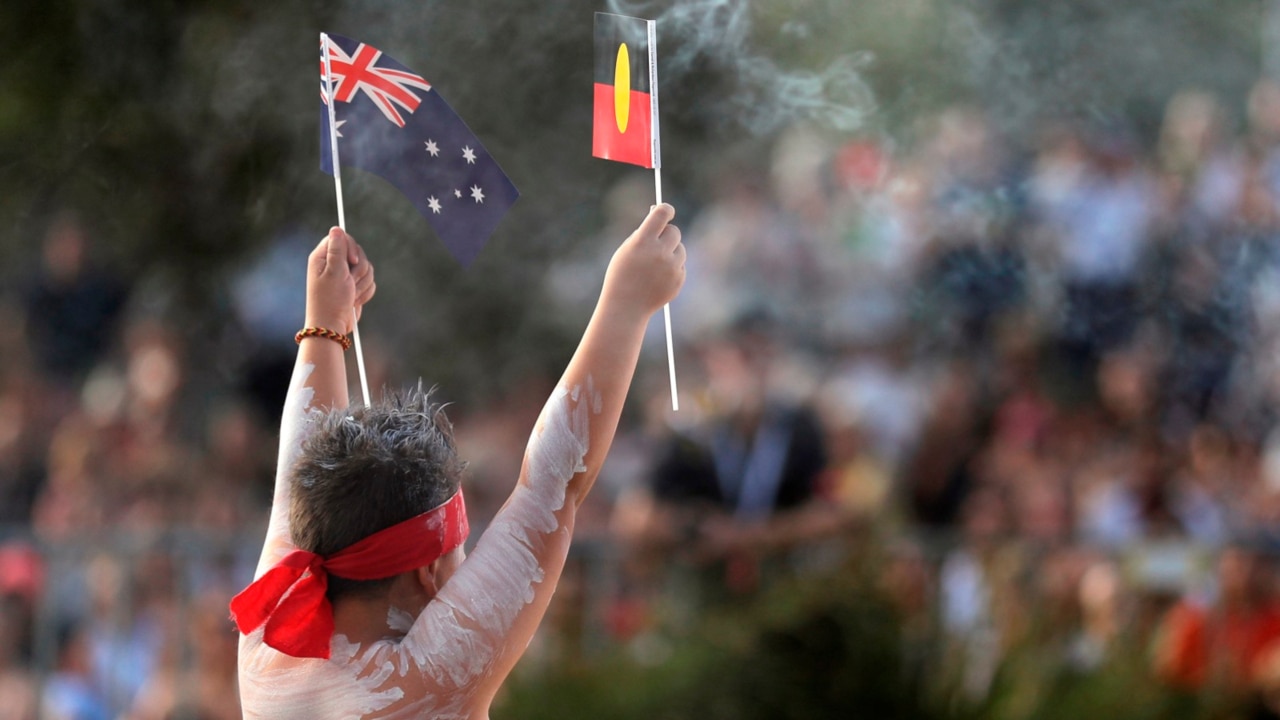
This is what it means in the Uluru Statement from the Heart when it talks about the “torment of our powerlessness”. Many Indigenous people have had these sorts of experiences.
But it doesn’t have to be this way. Thinking back to my time as a public servant for 20 years I would regularly travel between the “two worlds” often referenced in conversations about Indigenous and non-Indigenous Australia.
Driving in Kakadu National Park through crocodile-infested water crossings to meet with community and small businesses in West Arnhem Land. Sleeping in a swag under towering red ridges and escarpments before barrelling back to the freezing cold of Canberra with high heels biting my feet.
Some days I was the messenger. I would spend time in a community and try to take their needs back to another world, to get policymaking colleagues to understand. It wasn’t always easy. I have seen how decisions made on Canberra’s clean carpets can fail to reflect the reality of communities where people drive on corrugated roads to get their children to school. Where those same people are forced to sit for six hours waiting for that school to finish because they could not afford the overpriced petrol for two trips.
I have travelled between these worlds and seen where good intentions can go wrong. People simply do not know what they don’t know. We need to fill those gaps in knowledge. An Indigenous voice to parliament can unite those two worlds.
I genuinely believe most Australians want better outcomes for Indigenous people. They want these gaps to be closed. The problem is in those vast distances – both literal and metaphorical. The level of consultation is insufficient. Projects are often focused on time frames and “announceables”, because these are the stock-in-trade of policymaking.
This is often why good intentions go wrong. Fortunately the first step in a real solution is just as simple. The gaps in knowledge can be filled through ongoing and consistent consultation. Through an Indigenous voice to parliament these voices will travel to the executive and senior decision makers.
The Indigenous community across Australia is diverse. There are different needs and cultures, different contexts and approaches, and so they need different solutions. But there is one common theme: when mob are heard on matters that affect us, the outcomes are better. When people are given autonomy and the ability to decide on the things that impact their lives, it works.The voice will not solve everything but it is a step on the path towards real change. It is working with communities in a genuine way to address the systemic issues that have affected Indigenous people for more than 200 years.
In a matter of months, the Australian people will have the opportunity to recognise these issues, and to draw a line under them.

To vote yes will be to be a part of a real and meaningful change that will give Indigenous people a say in the issues that are impacting their lives, bring the two worlds closer, and move the nation forward together.
We know this. We have seen this approach in action in health, in housing, in governance. In the Northern Territory a community-led justice reinvestment program on Groote Eylandt saw cases of youth crime drop dramatically after communities were given increased control over housing, education, economic development, health, local government and law and justice.
Jade Ritchie is from the Bunda Clan of the Gooreng Gooreng Nation and campaigns with Yes23.

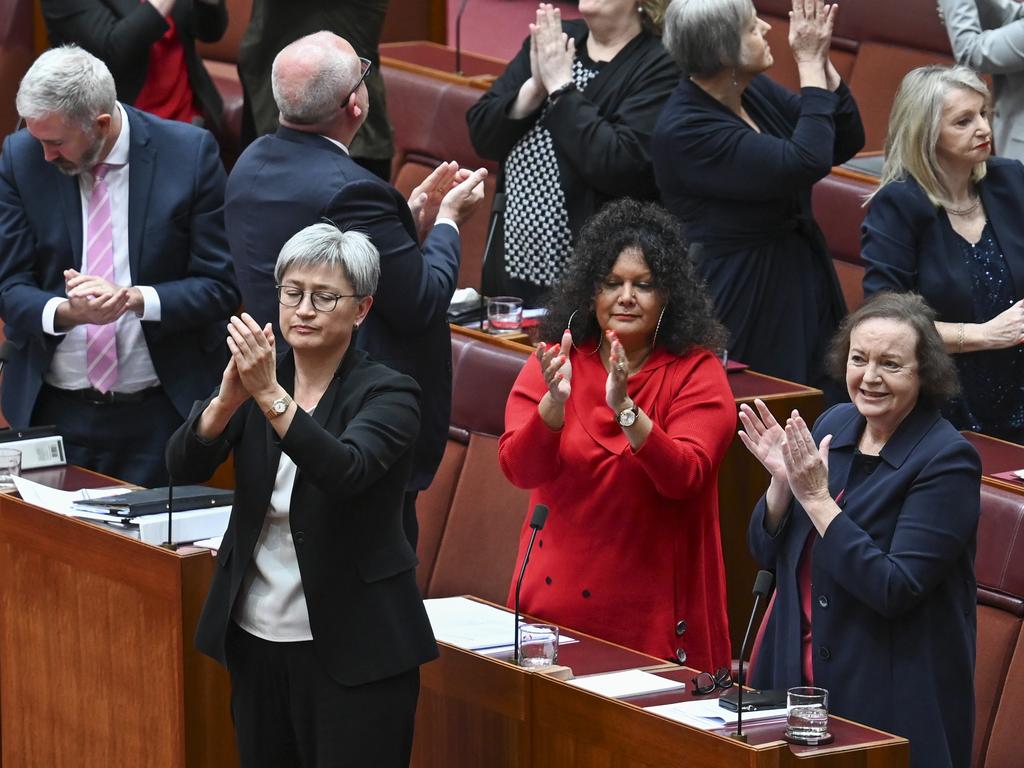
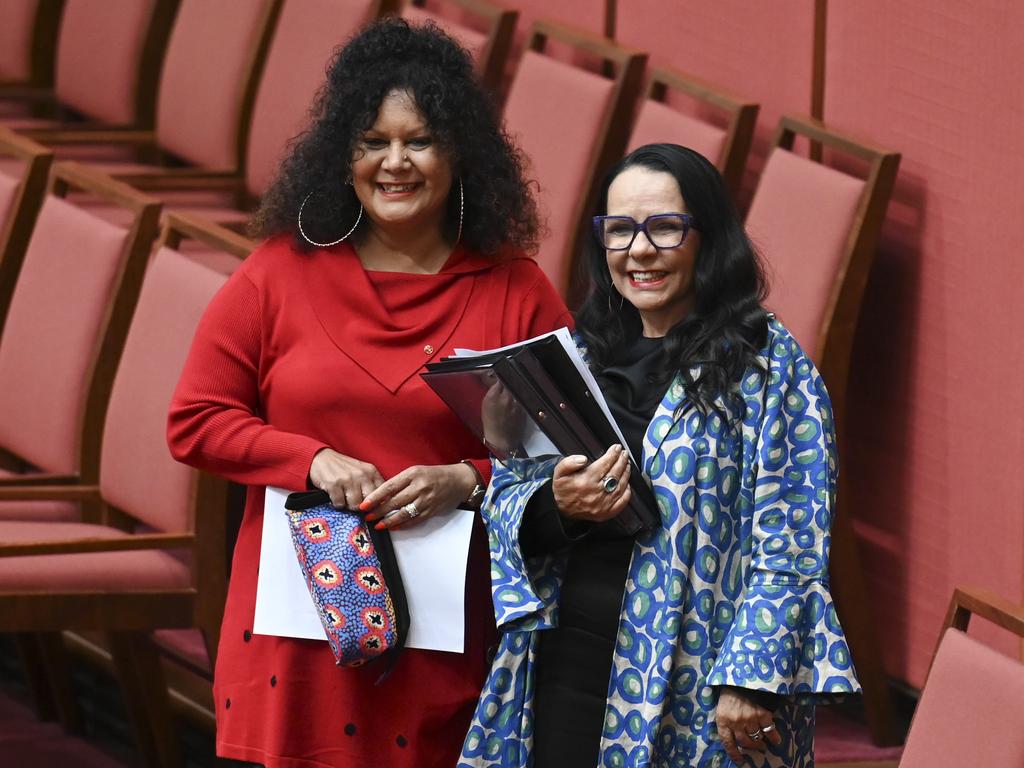
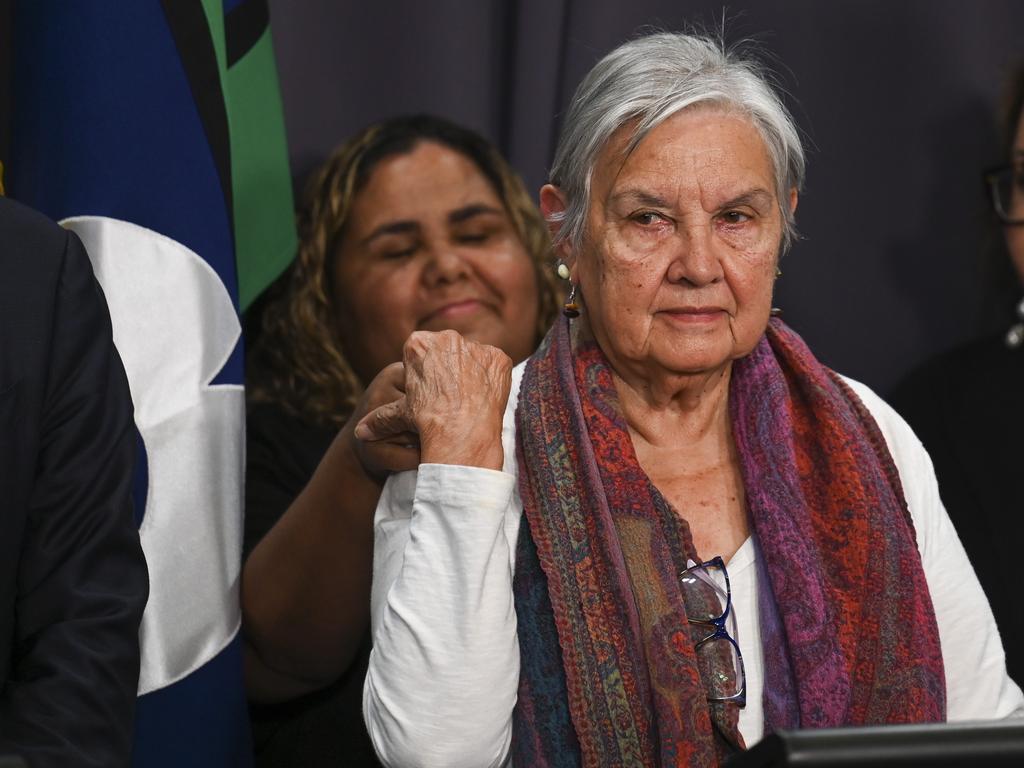
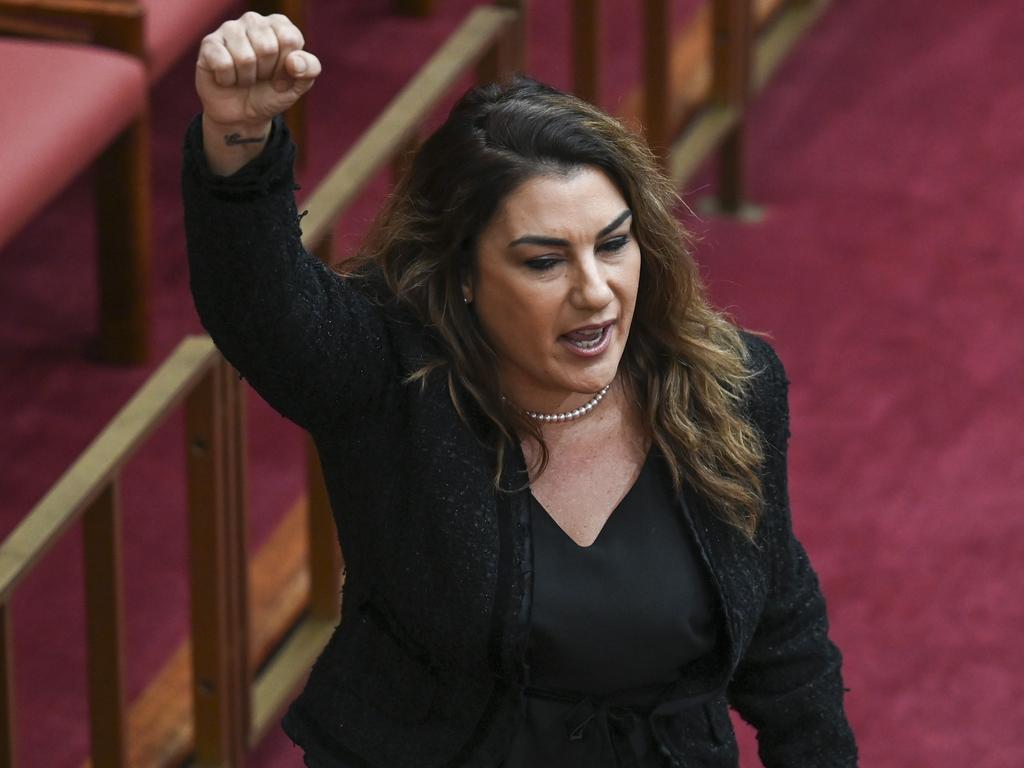

As an Indigenous woman I talk to people about sitting on two sides of the table, but a better description is living in two different worlds. Being from the east coast and now living in the Northern Territory, I have worked around the country and seen the discrepancies and failures in the policies intended to improve the lives of Indigenous people.